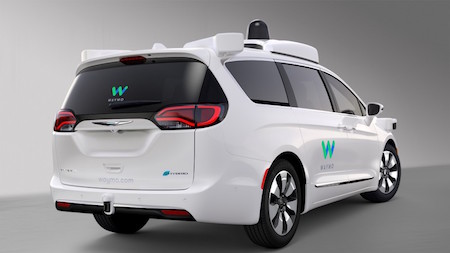This new soft shell is just a concept at present, rather than a product ready to be tested, it showcases the direction that Waymo is headed in, where safety is of top priority. One of the largest fears over the rise of driverless cars is centred on collisions and safety, even though human error is normally the largest contributor to any accidents that have so far involved driverless cars.
The United States Patent and Trademark Office (USPTO) issued the patent to the company on 8th August this year. It describes how “tension members”, which can be either cables or rods, are able to be rearranged to change the rigidity of the vehicle’s surface, and will do so according to the sensor data it is fed.
Sensors and scanners embedded in the car will pick up what the potential object is in a collision, being able to tell the difference between another vehicle and a pedestrian or cyclist. In the case of the latter obstacles, the tension will be significantly reduced to allow for softer contact, reducing the solidity of the car, and hopefully reducing the harm on impact.
With a constant stream of sensory data, it is expected that it will be able to learn even further, being able to loosen tension in specific places in the shell of the car for certain different collision objects, the difference between an adult and a child hitting the front of the car could produce different tension reducing measures.
References: ZDNet


.jpg)
.jpg)
.jpg)

.jpg)


.jpg)

